We might not realize it, but cotton is the most popular fabric all over the world, and accounts for more than half of all fiber needs across the globe. To keep up with this demand, cotton growers resort to artificial means and excessive use of pesticides to make cotton grow faster. The products manufactured with this type of cotton tend to be full of chemicals and can cause allergic reactions to the skin.
Non-organic products that are grown with the help of chemicals and metals harm the environment too. The pesticides affect the soil and the water, damaging the natural resources in the process and disturbing the ecological balance. Regular cotton mainly causes soil loss and leaves the field unsuitable for growing other crops. The environment is harmed beyond imagination to produce just a single T-shirt!
Several people have become more aware and conscious about these problems in recent times. There is more attention towards environmental problems, leading to the production and popularity of organic materials. Organic cotton has been around for a while now, and is used to make premium towels, bed linen, and clothing. Products made from organic cotton are usually considered high end, and are generally more expensive than regular cotton products. The demand for organic cotton products keeps growing as more people become aware of their benefits.
Difference between organic and regular cotton
There is a world of difference between regular and organic cotton. Anyone who has used organic cotton products will find it hard to return to regular cotton. The benefits of organic cotton don’t just stop at the quality of products. Read on to find out the large number of benefits of organic cotton.
Purity of the Cotton
The purity of cotton fibers is judged from the way the cotton is picked. Cotton is either handpicked or machine picked. Organic cotton is completely handpicked, preserving the purity of every fiber and ensuring that no fiber is damaged in the process. Regular cotton is more in demand and supply, and is usually machine-picked to cope with the rush. This doesn’t maintain the purity of the fibers, and also damages cotton fibers in the picking process, leading to loss and wastage. Organic cotton products are softer than regular cotton because of the longer fibers. Being handpicked ensures these fibers don’t get weakened or broken, resulting in softer and more durable products.
Cotton Farming
Regular cotton farming starts with GMO or genetically modified seeds. They are modified to build resistance to bugs, but when the bugs become stronger, more pesticides are required. Organic cotton is made from natural seeds, and there is no use of pesticides or other harmful chemicals. Bugs are controlled with insects that kill the pests. As a result, organic cotton products are safer for the skin.
Regular cotton is grown on the same soil over and over again, degrading the soil quality, removing nutrients, and leading to unhealthy crops. Since these crops require more water, they are irrigated heavily, resulting in water wastage. Organic cotton is rotated from one soil to another, and the nutrients retain water for long, requiring less irrigation. This leads to healthier crops.
Weeding
The weeding process of regular cotton farming also uses chemicals in the form of herbicides that kill weeds. The use of such harmful chemicals affects the quality of crops, suck out moisture and nutrients from the soil, and also harm the farmers. Out of the total amount of pesticides used in farming, more than 25 per cent is used for cotton. These include highly toxic insecticides and carcinogens. Constant use of such chemicals can lead to serious diseases in farmers, and affect the neighboring environment. In organic cotton manufacturing, weeding is done by hand, hoeing, and different cultivation processes.
Manufacturing
Processing of regular cotton uses a large amount of chemicals. The use of heavy metals, chlorine, and chemicals dyes are not unheard of in the manufacturing of regular cotton. Even after washing the finished products, the residue of these chemicals remains and can cause serious skin allergies. Several people suffer from skin problems like eczema because of regular cotton products. Organic cotton uses safer alternatives to chemical dyes and whiteners. Natural or water-based dyes, peroxide for whitening, and other safer products are used to manufacture the finished goods.
Organic cotton is softer, hypoallergenic, and last for a long time. But the most important benefit is protecting the ecosystem, reducing wastage of water, and ensuring a safer working environment for the farmers and manufacturers. Organic cotton is a sustainable and eco-friendly option to regular cotton. Try it today to feel the difference yourself.
|
||
|
||
|
||
|



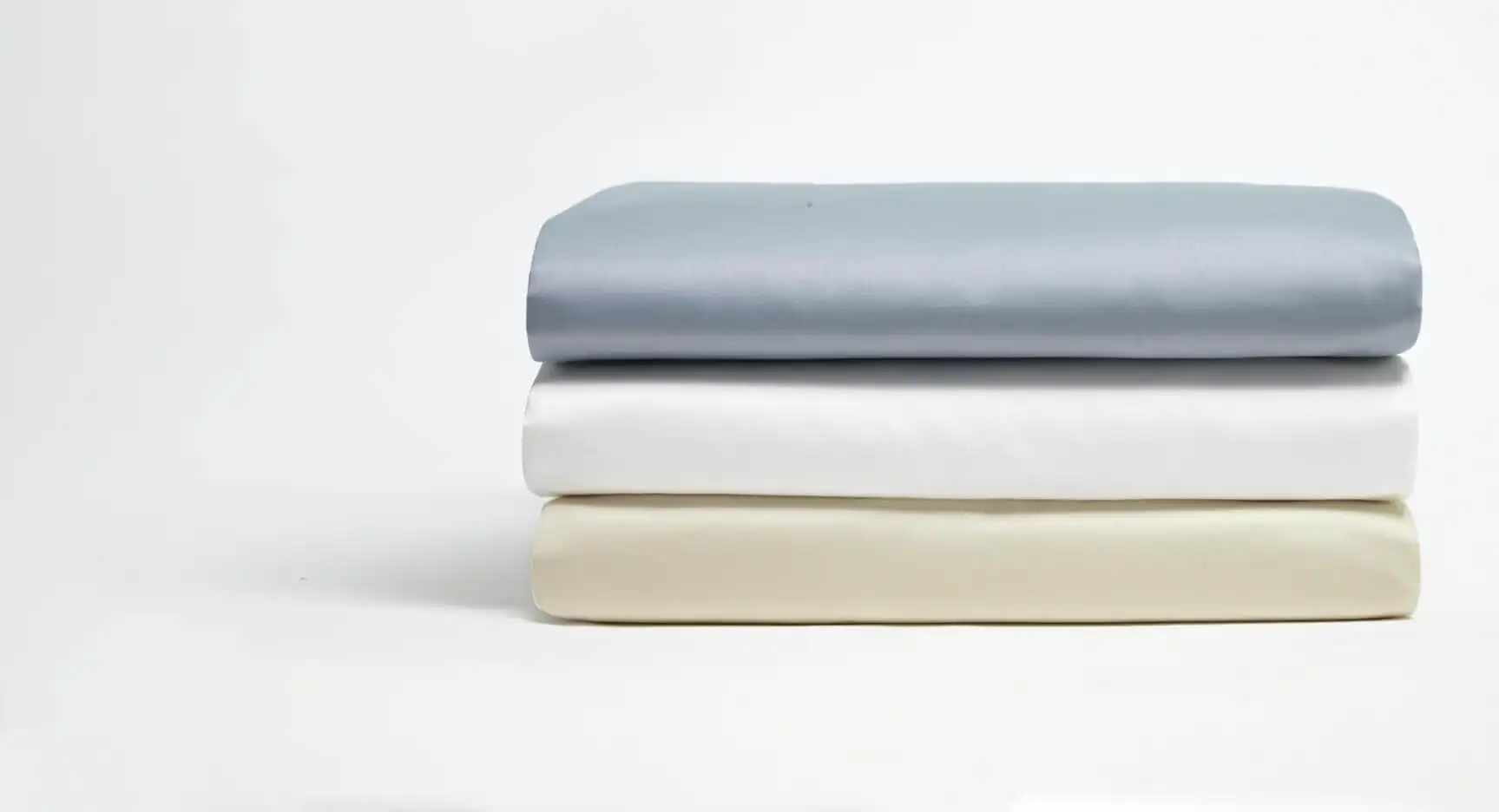


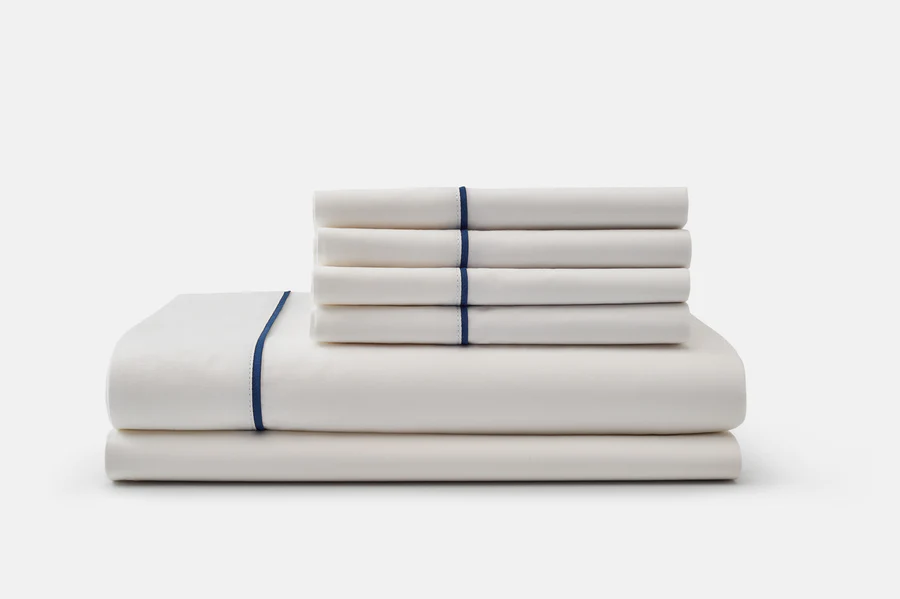
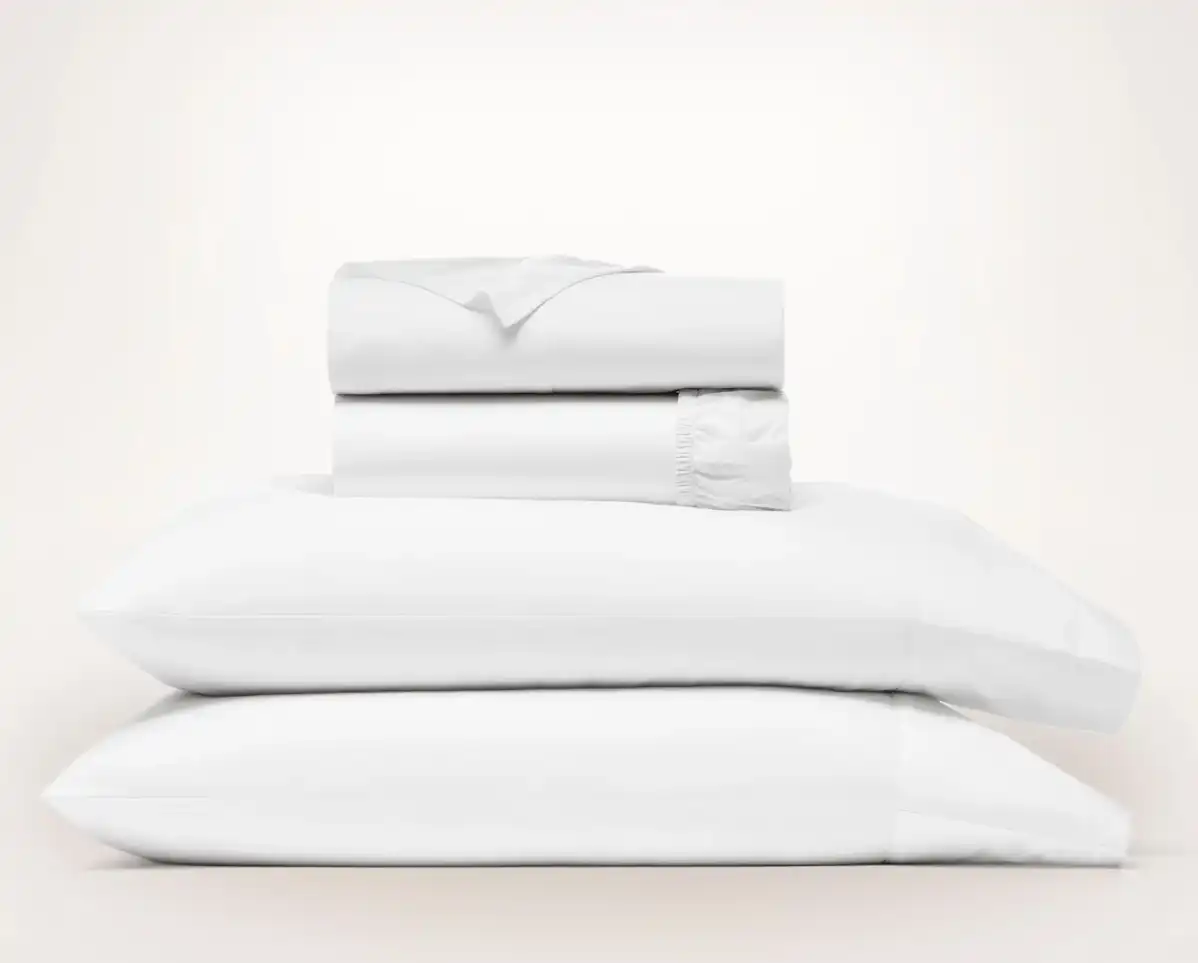







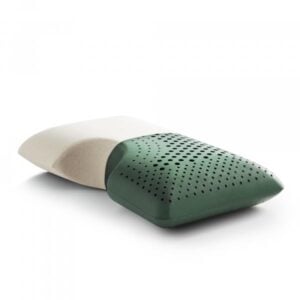







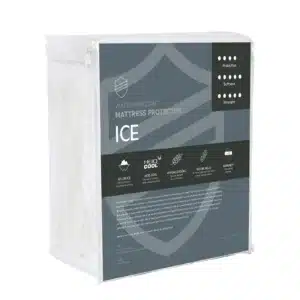
3 thoughts on “Organic Cotton vs Regular Cotton : What’s the Difference?”
The United States Department of Agriculture needs to establish stricter standards for the production and sales of cotton that has been treated with chemicals and pollutants. The only standard for clothing that is labeled organic that the USDA requires “be made with fibers from USDA-certified organic crops” (USDA.gov, 2018). However, that organic cotton product can be dyed or be given a chemical treatment by separate manufacturers and can still be sold as 100 percent organic cotton. Cotton is the world leader in pesticide use when compared to other crops but pesticide d for growing high yields. We should value the environment more than we value the economy.
Organic cotton is cotton grown “free from most synthetic chemical inputs such as pesticides, herbicides and chemical fertilizers” (Myers and Stolton, 1999). Organic cotton does grow in North America, mainly in Texas, Arizona, Missouri, and parts of New Mexico (about organic cotton, 2016, Organic Exchange, 2017) During a 2016 to 2017 study led by the Textile Exchange the organic cotton market showed that only “495,948 bales of organic cotton were grown by 219,947 farmers on 747,647 acres” (textileexchange.org) . These numbers seem substantial, but when compared to other cotton production, only 0.5% was produced organically (textileexchange.org).
Global consumption of cotton happens, but the majority of those in favor of an organic lifestyle reside in the United States. Many of the companies, especially in the apparel industry, want to do good for the environment, but many times they do not have direct contact with the farmers or manufacturers of the fibers. It is time to inform those consumers, both at the commercial and residential level, about how the USDA needs to step in to change how conventional cotton is grown and how organic cotton is later manufactured.
Cotton represents 38% of the world’s textiles use (ICAC, 2008), but “cotton production is anything but natural” (Winston, 2001). The most recent data available shows that cotton uses $3.3 billion in pesticides in 2014 (Chaudhry, 2014). Research done by the Vancouver Sun speaks out by stating that each year, one acre of conventional cotton will be sprayed with fourteen pounds of pesticides, which rounds out to sixteen percent of the world’s pesticide supply as of 2011. It is the most “pesticide-intensive” crop in the world (Striepe, 2011).
There are already some minor standards put into place in order for the fiber to be marked and sold as organic. Another study done in 2007, Hustvedt and Dickson noticed a growing trend in buying organic foods and an all-around “organic lifestyle”. According to their research, clothing made from organic cotton material increased in sales by $1.07 billion just in 2006, and the trend has continued to grow throughout the past ten years (Hustvedt & Dickson, 2008). “Although the acreage of organic cotton has increased in recent years, it still represents only one-tenth of one percent of cotton grown around the planet” (Winston, 2001). Since 2001, “global retail sales of organic cotton products increased from $245 million to $583 million in 2005” (Organic Exchange, 2006). This equals out to a thirty-five percent growth per year (Organic Exchange, 2006). These contributions only represent a still very small market, and the contributions are not making a difference for what we are striving for.
It is time for the Department of Agriculture to step in. In 2017, the EPA put out the most recent document listing all the chemicals and pesticides used in conventional cotton farming methods that lead to carcinogenic outcomes (U.S. EPA, 2017). The EPA has been updating this list since 1976 and organic cotton is still only 0.5% of all cotton production. The Department of Agriculture needs to establish stricter standards for pesticide use, because of their allowance for chemicals in advertised organic products .
Works Cited
About Organic Cotton. (2016). Textile Exchange. Retrieved from https://aboutorganiccotton.org
Chaudhry, R. (2014). Harvesting and ginning in the world. International Cotton Advisory Council. Retrieved from https://www.icac.org/cotton_info/speeches/Chaudhry/BW97.PDF Myers, D., & Stolton, S. (1999). Organic cotton: From field to final product. Intermediate Technology Publications Ltd (ITP), London.
Hustvedt, G., & Dickson, M. A. (2008). Consumer likelihood of purchasing organic cotton apparel: Influence of attitudes and self-identity. Journal of Fashion, Marketing, and Management. Retrieved from https://www.researchgate.net/profile/Gwendolyn_Hustvedt
ICAC (International Cotton Advisory Committee). (1996). Growing organic cotton. ICAC Washington D.C.
Organic Exchange. (2017). Textile Exchange. Retrieved from https://textileexchange.org
Striepe, B. (2011). Cotton: The dirty truth about “The Fabric of our Lives”. Crafting a Green World. Retrieved from https://craftingagreenworld.com/2011/10/11/the-dirty-side-of-cotton/
Textile Exchange. (2017). 2017 organic cotton market report. Textile exchange. Retrieved from https://textileexchange.org/downloads/2017-organic-cotton-market-report/
United States Department of Agriculture. (2018). Cotton. United States Department of Agriculture. Retrieved from https://www.ams.usda.gov/grades-standards/cotton
United States Environmental Protection Agency. (2017). Chemicals evaluated for carcinogenic potential. Office of Pesticide Programs.
Winston, M. (2001, July 16). First food, then fibres: Now the clothing industry has cottoned on to organic farming and become friendlier to the environment, purists can breathe easier. The Vancouver Sun (British Columbia). Retrieved from https://advance.lexis.com/api/permalink/7cb2a0c3-aec5-4f2c-88b3-f0a2ec605014/?context=1516831
Is there a way to test the fabric whether it’s organic cotton or non-organic cotton in order to justify the final end customer. if so what methods are being used to testify and who will do this to testify
seems very biased towards organic cotton. “Normal cotton” can be changed fields too?? And GM cotton requires LESS pesticides and water, not MORE.